The Mini Cooper is a true icon of the automotive industry, sporting a powertrain that revolutionized car design and engineering. It’s about to celebrate its 65th anniversary and in this week’s Past Lane we look at how this improbable vehicle came to be.
Sixty-five years ago, the automotive world was vastly different. America ruled the world’s highways, widely envied and copied. They certainly were unique, given their massive size, V8 engines, rear-wheel drive, and acres of chrome.
Yet Detroit’s tunnel vision was about to be compromised with the introduction of a car so novel, its engineering would provide the powertrain template for decades to come. In fact, the industry still uses it.
An improbable design
Improbably, the car was introduced this week in 1959 by the British Motor Corp., or BMC. What was then the 1959 Austin Seven and Morris Mini-Minor is known today as the Mini.
Certainly, it’s mini, sporting an 80-inch wheelbase and an overall length of 120 inches, the same length as the 2024 Chevrolet Tahoe’s wheelbase. Weighing 1,288 pounds and boasting nearly seven cubic feet of cargo space, the Mini cost a mere $1,295, or $13,950 adjusted for inflation.
Available in white, red or black, standard equipment was far from lavish. It included a rear-view mirror, rubber floor mats, driver’s-side sun visor, front bucket seats, adjustable driver’s seat, parcel tray, door map pockets, rear-seat pockets, cloth upholstery and 10-inch Dunlop tires. It’s 51.7 cubic-inch four-cylinder produced 37 horsepower through a four-speed manual transmission. Top speed was 73 mph, but fuel economy proved good at 40 mpg.
Rack-and-pinion steering was standard. Buyers could order the accessory group, which added windshield washers, hinged rear quarter windows, two sun visors, chrome filler cap and foam rubber seats.
HOW IT CAME TO BE
What precipitated the Mini’s creation was the Suez Crisis of 1956, in which the Egyptian government seized control of the Suez Canal and nationalized it. This threatened Europe’s oil supply, and while the crisis was resolved, it spurred BMC management to create a low-cost, entry-level automobile that could seat four people, handle well, and get decent fuel efficiency.
They charged Sir Alec Issigonis, an engineer and designer, to design it, one that could make a profit selling for £495. With almost limitless flexibility to build a vehicle, Issigonis produced a ground-breaking one.
The car’s price dictated that it would be a small, entry-level vehicle, and Issigonis would have to use space efficiently. So, Issigonis mounted the four-cylinder engine sideways as opposed to the standard orientation of front-to-rear. He then supplied the front wheels with its power. As a result, the space-robbing driveline hump that frequently passed through rear-drive automobiles was eliminated, as the entire propulsion of the car was packaged up front. This endowed the small cabin with a surprising amount of space.
More Past Lane Stories
- A Taxicab with a Checkered Past
- Chrysler Struggles to Regain its Prestige
- A Famous Author, A Famous Book, A Famous Movie
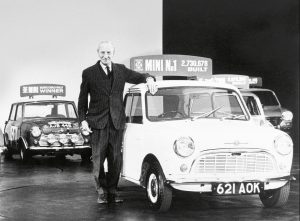
Sir Alec Issigonis was knighted in 1969 for his role in designing the Mini. He died in 1988 at the age of 81.
Mini to the max
Given its price, the Mini was spartan, with a floor-mounted starter, manual choke and sliding windows.
Yet it proved to be enormously popular from the minute it debuted. BMC responded by adding the Morris Mini Traveller and Austin Seven Countryman station wagons, the Mini Van, the Mini Pick-up and the Mini Moke SUV. It even was pushed upmarket with the luxurious Vanden Plas, and a performance-oriented, 55-horsepower Mini Cooper S, the latter produced by the John Cooper of the Cooper Car Company
Mini’s popularity proved maxi. But there was a problem. BMC, in its infinite wisdom, had priced the car before the prototype was completed. So, despite its popularity, BMC was losing money on each one.
A STAR IS BORN
It was offered in America from 1960 through 1967. It was withdrawn as the Mini couldn’t meet new government regulations.
That same year, the Mini took a star turn, appearing in “The Italian Job,” a film starring Michael Caine that did much to drive demand in the rest of the world, which helped make up for its withdraw from the U.S. market. The film and its star car captured the attention of celebrity owners such as George Harrison, Peter Sellers and Steve McQueen,
Yet somehow, the Mini soldiered on. Like any great iconic automobile, the Mini refused to die, even as the British automotive industry was imploding around it.
A new lease on life
In 1969, the Mini was revised, receiving rolldown windows and larger doors with concealed hinges. The suspension was revised, and the Cooper S model dropped. Finally, the Mini name replaced the Austin and Morris brands. It would be revised again in 1976 with a front rubber-mounted subframe, receive larger brakes in 1984 and revised in 1990 and 1996. It would be produced through 2000. By now, Mini was a part of Britain’s Rover Group, which was now being run by BMW, which sold it that year, but retaining the Mini brand.
In 2001, a completely redesigned Mini was introduced. Renamed the Mini Cooper, it kept its front-wheel drive, compact design, and came with a four-cylinder engine with 115 or 172 horsepower. Offered as a Coupe, Cabriolet, and Clubman wagon, they’re little reminders of the car that revolutionized powertrain design.

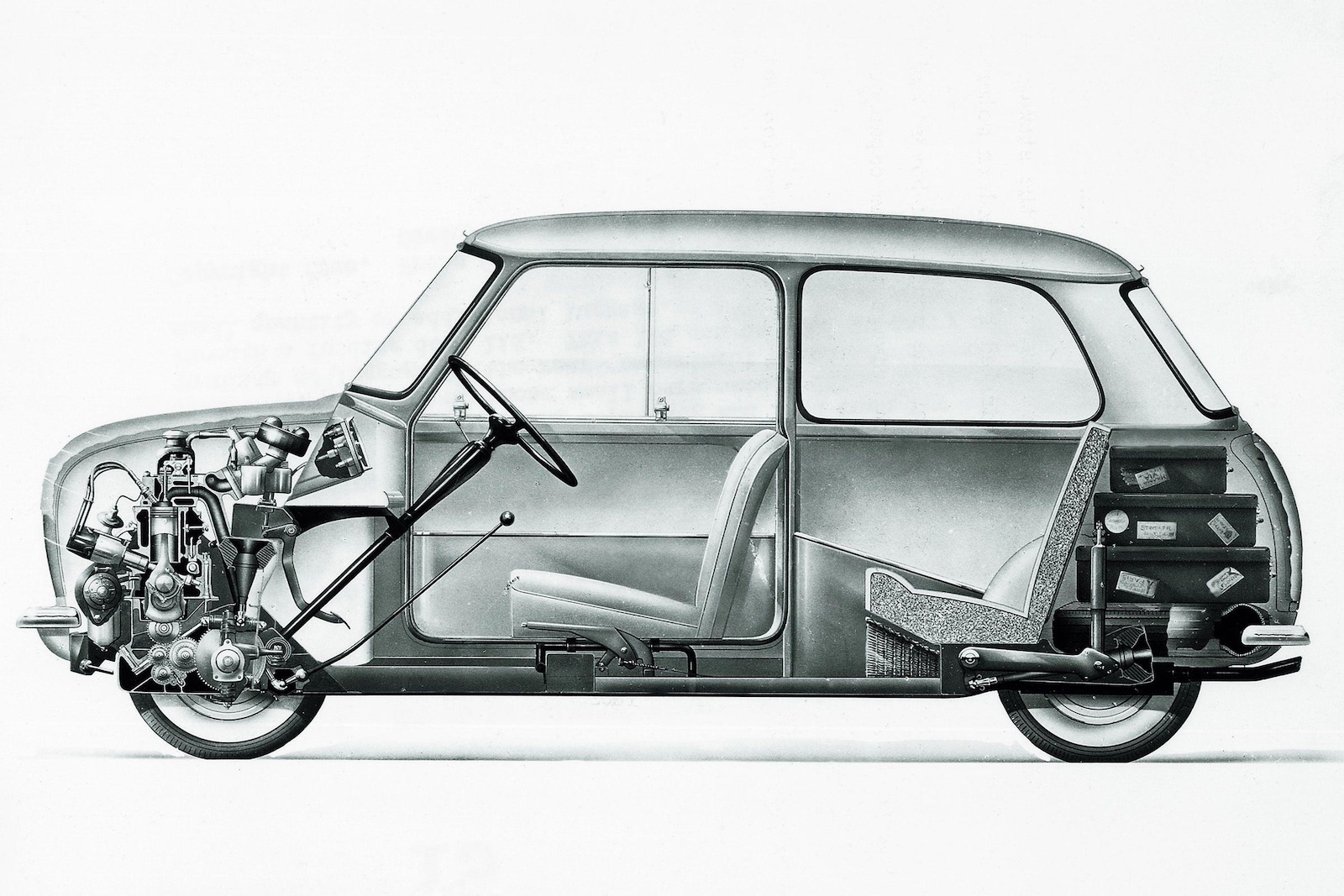
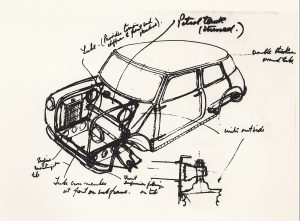
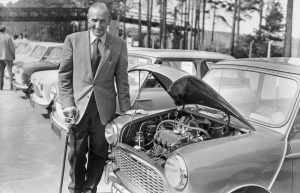
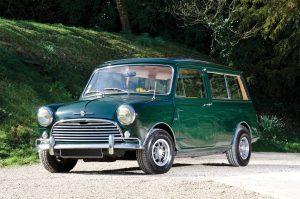
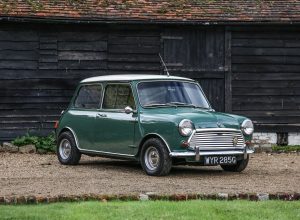





0 Comments